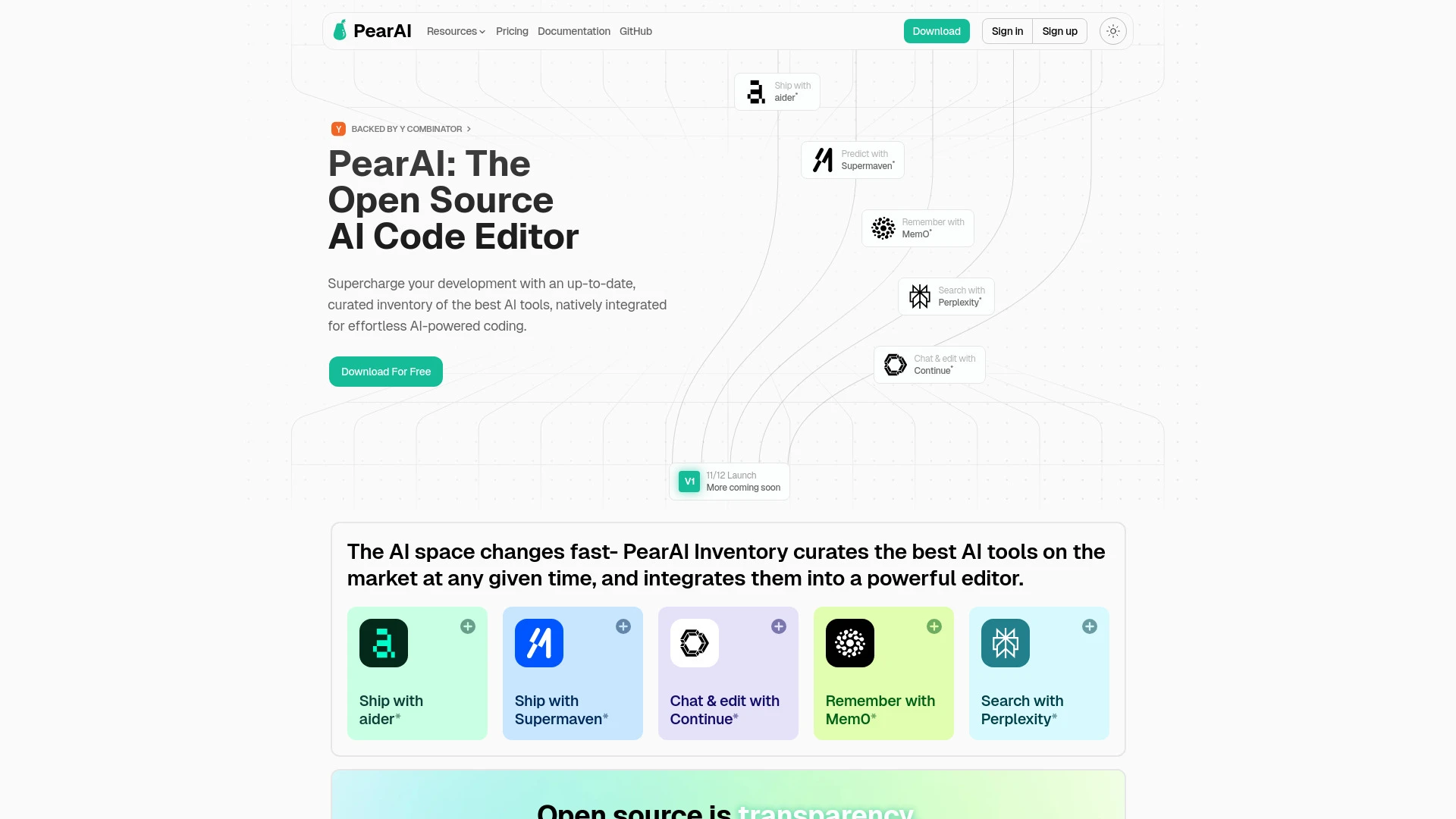No-Code & Low-Code
No-Code and Low-Code platforms enable users to build applications without extensive programming skills, leveraging AI to automate and streamline processes. AI enhances these platforms by providing features like natural language processing, predictive analytics, and automated workflows. Examples include chatbots for customer service and data visualization tools. Benefits include rapid development and accessibility, while challenges may involve limited customization and potential scalability issues.
Core Features
Drag-and-drop interfaces
Visual workflows
Pre-built templates
Integration with existing services
Real-time collaboration
User-friendly customization options
Use Cases
Developing AI-powered chatbots for customer support
Automating data analysis and visualization tasks
Creating personalized marketing campaigns using machine learning
Building predictive models for sales forecasting
Designing user-friendly applications for internal processes
Integrating AI tools with existing software solutions for enhanced functionalities
Most Helpful AI's
Primary Tasks For No-Code & Low-Code
| # | Task | Popularity | Impact | Follow |
|---|---|---|---|---|
| 1 |
👨💻
Coding |
0% Popular
|
82%
|
|
| 2 |
💻
Code snippets |
0% Popular
|
75%
|
|
| 3 |
💻
Coding assistance |
50% Popular
|
87%
|
|
| 4 |
💻
Software development |
50% Popular
|
78%
|
|
| 5 |
🪲
Code debugging |
0% Popular
|
78%
|
|
| 6 |
🔍
Code reviews |
0% Popular
|
75%
|
|
| 7 |
📱
Apps |
50% Popular
|
76%
|
|
| 8 |
⚙️
Workflow automation |
50% Popular
|
85%
|
|
| 9 |
🤖
Business automation |
50% Popular
|
85%
|
|
| 10 |
📳
QR codes |
0% Popular
|
65%
|
|
| 11 |
💡
Startup ideas |
0% Popular
|
73%
|
|
| 12 |
💡
Prompt optimization |
0% Popular
|
78%
|
|
| 13 |
📈
Content optimization |
50% Popular
|
85%
|
|
| 14 |
🤖
Task automation |
50% Popular
|
87%
|
|
| 15 |
🔧
Product development |
50% Popular
|
78%
|




